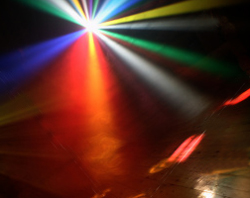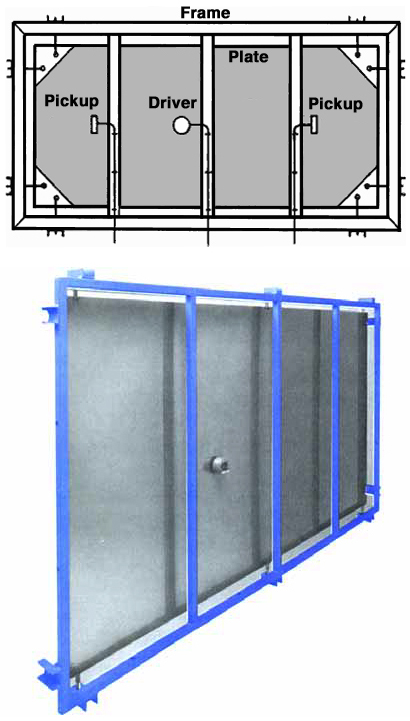
“Proper” design usually presents a reverberant field that is quite diffuse, with all frequencies decaying smoothly together, with no one frequency louder than another.
With a sound reinforcement system, any of these acoustic properties can be presented at the touch of a button on a digital effects processor.
They offer any of the effects described above, along with a long list of other, more imaginative or not-exactly-natural-on-the-planet-I-know-and-love effects.
Room Simulation
Rather inventive techniques to simulate acoustic environments have been available for years.
It’s not my intent to go into the history of these devices, but we should look at some prominent devices and concepts from the past.
Properly built, one of the best room simulators is an echo chamber. And that’s exactly what it is – a room simulator.
Common in recording, it’s a highly reflective or “live” sounding room constructed to provide controlled reverb on demand. This echo chamber room will have one or two loudspeakers placed inside it, and one or two microphones as well.
Simply, the audio signal is fed to the loudspeakers, the sound then washes around the room, reflecting off the many surfaces, and is picked up by the mics. The signal from the mics is then brought back into the recording console.
The loudspeakers and/or mics can be repositioned to “shape” the desired reverb sound. (Notice that the effect obtained is termed “reverb” – not “echo” – which is just an audio terminology quirk.)
Another device popular in the past is the reverb plate. Ones of better quality sound so good that they’re still in use today alongside the more flexible digital effects processors.
The theory is similar to the echo chamber – one or two mics (pickups) capture sound from a loudspeaker driver, although this time they’re mounted to a large steel plate. (For more details about plate reverb design, see Bob Buontempo’s fine article here.)
However, with the reverb plate, the “room” is a sheet of metal. The loudspeaker is actually a specially designed transducer virtually attached to the plate near its center.
When an audio signal is fed via an amplifier to this transducer, it causes the plate to vibrate, and two contact microphones attached to the plate in optimum locations pick up these vibrations. The signal from those mics is also carried back to the recording console and inserted into the mix.
Over the years, many different methods have been tried to delay an audio signal for a moment before it is “allowed” it to be heard.
One brute force method was simply attaching a mid-range driver at one end of a long tube (so long it had to be coiled in order to be practical), with a mic placed at the other end to pick up the sound.
Hardly considered flexible, this device found its best use as a signal delay for underbalcony systems, improving intelligibility for those farther away from the output of the main loudspeakers.
Another delay device was the early Echoplex, which simply used a small audio tape recorder and a moveable playback head to alter the length of time before the “delayed” signal was heard.

